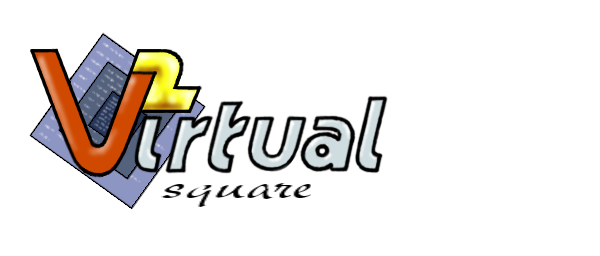Tue Apr 24 16:43:52 CEST 2007

Virtual Square for Education
The applications of Virtual Square for teaching or practicing are only limited by your fantasy. Just in case of temporary shortage of fantasy please find here in the following a partial set of examples.Operating System Teaching.
It is possible to provide learners with several different operating systems running on different hardware architectures without having to buy and maintain several different hardware machines. Thus it is possible to study the API and system interface, structure (when the O.S. is open source), administration, interoperability, portability of software, etc. It is possible for students to be administrator (root) of virtual machines without affection the security of the laboratory infrastructure. It is also possible using Virtual Square techniques to create an OS zoo or museum (like the one that is under construction at the University of Bologna), to test, compare the features and observe the evolution of the Operating Systems through the time.
Network Class Teaching.
It is possible to learn and practice on networks of any topology and structure. Using tools like zebra, linux kernel bridging as weel as the VDE switches and structure it is possible to study about any kind of network protocol, routing, firewalling, implementation of gateways. (see NetKIT as an example. NetKIT uses only User-Mode Linux, a very wider set of exercises can be created with VDE).
Parallel Programming.
Learners can test parallel programs on inexpensive and shared laboratories and continue the tests at home. Projects like Beowulf create a virtual parallel machine that can be programmed using standard methods (like pvm) and give students even an approximation of virtual speedups.
Web/Internet services.
It is possible to create virtual networks where learners own their virtual computers where they can implement services and testing tool. Virtual Square can create a closed distributed overlay network where all the experiments can be done with no security issues. Students can do everything they like on their virtual machines, without affecting the security of the whole system. It is possible also for authorized students to join the network from the Internet (e.g. from home). Once the virtual square network is established the behavior of the services is the same as eveything were implemented on a real network.
Common Laboratory infrastructure.
Virtual square helps to create a single general purpose laboratory instead of several heterogenous labs. Virtual architectures are useful also for tutorials. All the virtual machines can be provided with identical configuration and disk images to run together with the class a path of tests. Heterogeneity in hardware features, version of tools or whatever in the hosting computers are masked out by the virtualization layer.

VirtualSquare is a KEAP Project
© 2004 Renzo Davoli. The Virtual Square logo is © 2004 by Sandro Pifferi (Thanks).
Permission is granted to copy, distribute and/or modify this document under the terms of the GNU Free Documentation License, Version 1.2 or any later version published by the Free Software Foundation; with no Invariant Sections, no Front-Cover Texts, and no Back-Cover Texts. This is a copy of the license
 Wiki
Wiki